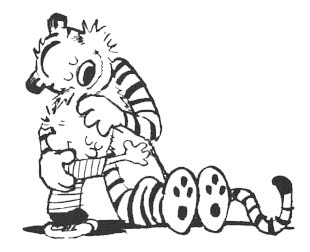For the “Emergence of Graphic
Novels” I read The Spirit #2 by
Eisner. Not even halfway through the first page is a very racist depiction of
an African American that is only made worse when he is named Ebony. I know that
was kind of a product of the time, but it certainly is hard to look at and read
now.
Aside from the extremely racist
depiction of an African American man, I do like the art style in this comic. I
think they do a good job of pushing the caricature while still making them
believable as people in the real world. The poses and movements are pushed, but
not to the point of “rubber hose” style. All and all I can tell these are
cartoons, but I know exactly what these characters would look like in real
life. There is quite a bit of appeal to that.
When I read the title for this week,
I expected something closer to a graphic novel. The first section lasts 7
pages- about the length of a comic book, and then is immediately interrupted by
an unrelated comic. I would not say that this is a graphic novel, since there
aren’t really chapters. To me this seems more like a hodge-podge of comic books
compiled together.
It’s really unfortunate that the
first character you see is just an extremely racist one. While they did
caricature everyone, nobody’s features were pushed as far as Ebony’s and nobody
spoke with a dialect except for Ebony. For a person alive in 2016 it is a major
turn off to see that and I immediately lost all interest in the comic.

